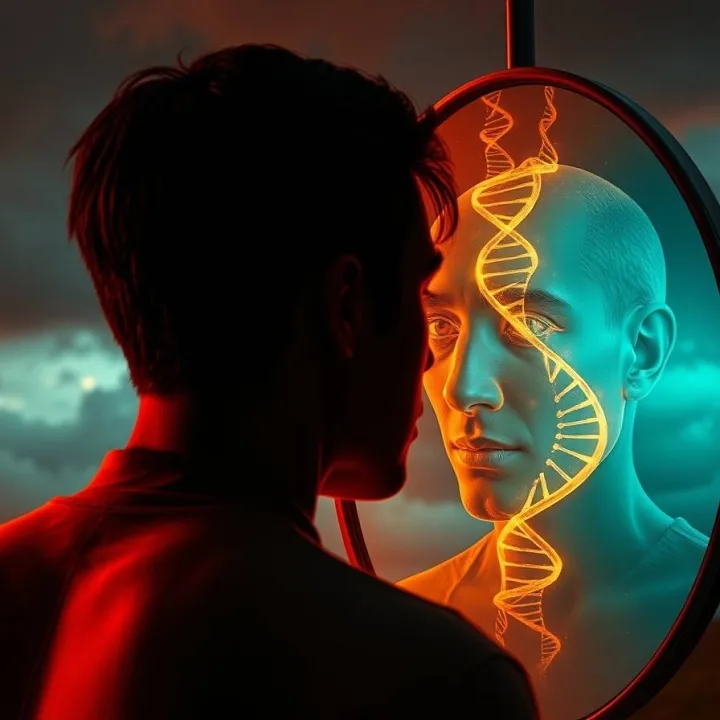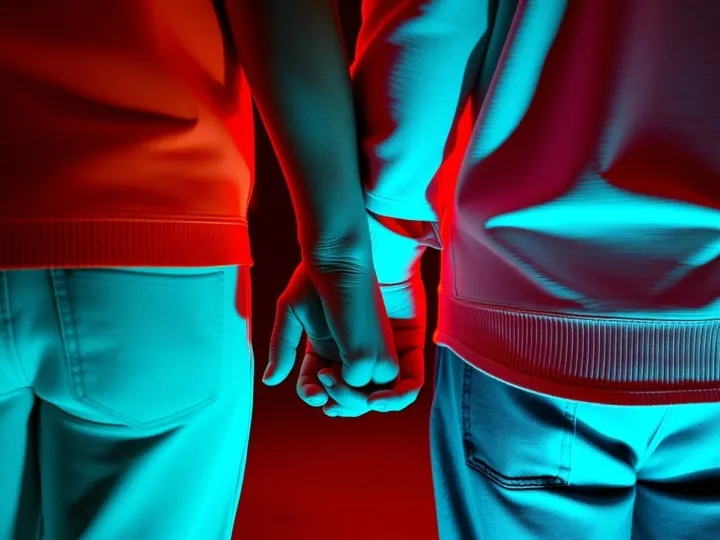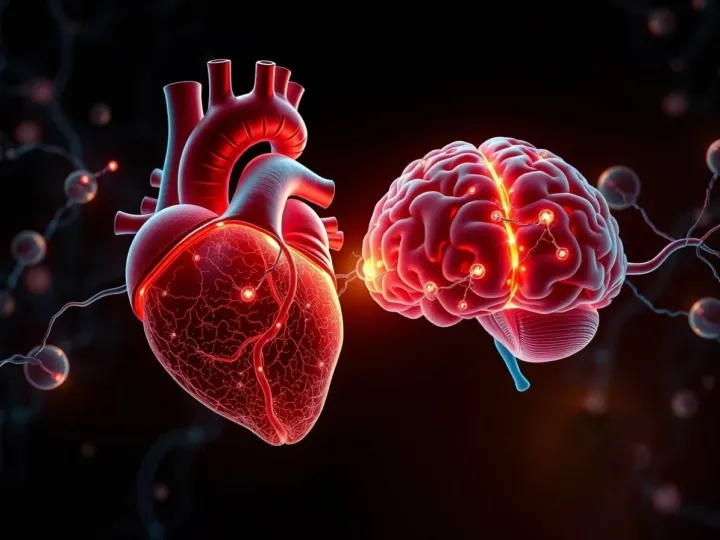Over the past decade, millions of people have taken direct-to-consumer genetic tests. For many, it's a journey of curiosity. For others, it's a rupture. Some discover half-siblings they never knew existed; others learn that one or both parents are not genetically related to them. These revelations have brought the complex emotional world of donor conception - once a private or hidden matter - into public view.
The new study by Linda Applegarth and colleagues, titled "Secrets and Lies and Donor Conceptions: What Donor-Conceived Individuals Feel About Their Disclosure/Discovery Experience," surveyed 530 donor-conceived adults between 2022 and 2023. Of these, 422 completed the full questionnaire assessing how and when they discovered their conception and how they felt about the experience. The researchers set out to measure "satisfaction," defined as emotional comfort or contentment, across different disclosure scenarios - from early parental disclosure to late accidental discovery.
The results are striking in their clarity. Adults who learned of their donor conception early in life - through open and intentional conversation with their parents - were more than three times as likely to describe their disclosure experience as satisfying compared to those who found out later, unexpectedly, or through third-party means like DNA tests. Statistical modeling, adjusted for age, sex, education, and family context, confirmed that the timing and manner of disclosure were the strongest predictors of emotional outcomes.
Many respondents described a deep sense of disorientation when the information arrived without preparation. Late or accidental discovery often triggered confusion, betrayal, or loss of trust, even in otherwise loving family relationships. One of the most frequently expressed sentiments was not anger about being donor-conceived, but the shock of having lived a story that turned out to be incomplete. Early disclosure, by contrast, allowed individuals to grow up with this knowledge as a natural part of their identity rather than a disruptive revelation.
This pattern aligns with prior research on family disclosure practices. A 2023 systematic review of 37 studies involving more than 4,000 parents found that early, intentional disclosure is becoming more common, especially among single and same-sex parents, who typically face fewer social pressures to hide donor conception. In contrast, heterosexual couples have historically been more hesitant, fearing confusion or stigma for the child. But as social norms evolve, more parents are recognizing that secrecy can erode trust and complicate family dynamics later in life.
Earlier developmental research by Golombok and colleagues (University of Cambridge, 2012) followed families with donor-conceived children from infancy through age seven. They found no major psychological differences between donor-conceived and naturally conceived children when disclosure was handled openly. However, non-disclosure correlated with subtle shifts in maternal warmth and emotional attunement, suggesting that the secret itself - not the conception method - introduced distance.
The Human Reproduction study by Applegarth's team provides the adult complement to this picture, showing what happens decades later when those early decisions come full circle. The emotional outcomes of donor-conceived adults reflect not only the facts of biology but also the integrity of the family narrative - the degree to which parents allowed truth to coexist with love from the beginning.
Participants who learned about their donor origins in adulthood often described a dual process: grief over the lost narrative, and simultaneous curiosity about their biological donor. Some expressed anger toward medical systems that promised anonymity or failed to anticipate the emotional consequences of secrecy in the era of open databases. Others reported feeling newly connected to a broader community of donor-conceived individuals, finding comfort in shared experiences of searching, questioning, and reconstruction.
In the modern landscape of reproductive technology, anonymity is fading. The rise of genealogical databases means that genetic connections can now be traced across continents with a simple saliva sample. The ethics of secrecy have shifted: the choice to conceal no longer guarantees protection, but can instead create delayed crises. Health professionals and fertility clinics are being urged to reframe disclosure not as a moral dilemma but as a developmental necessity - an act that safeguards trust and promotes emotional resilience.
The new findings emphasize that satisfaction with donor conception disclosure is not about what individuals discover but how they discover it. Emotional comfort depends on the narrative structure of revelation: whether the story is integrated naturally into early life or introduced abruptly as a contradiction. This echoes a broader psychological truth - identity, to remain stable, must integrate new information without collapsing its foundational sense of self.
For parents, the data offer a clear message: children can handle the truth better than silence. For clinicians and policymakers, it suggests that supporting parents through disclosure counseling should be as integral to assisted reproduction as genetic screening. The shift toward transparency mirrors the broader movement in family psychology from secrecy to openness, recognizing that children thrive when narratives of origin are shared with care rather than withheld out of fear.
From the perspective of Seven Reflections' Dimensional Systems Architecture (DSA) framework, the process of disclosure represents a reorganization of the self's internal architecture - an identity field adjusting to a new structural constant. In DSA terms, every individual operates within a field of coherence formed by origin, environment, and continuity. When origin information is withheld, the self stabilizes around an incomplete field equation: the system achieves local equilibrium through partial truth. When the hidden information emerges suddenly, that equilibrium collapses, creating what DSA describes as a "structural discontinuity event."
This discontinuity generates cognitive turbulence, where established identity pathways must reconfigure to integrate the new data. The emotional discomfort many late-discovering donor-conceived adults describe - the sense of unreality, fragmentation, or betrayal - is not simply psychological pain; it is the energetic signature of a system undergoing rapid reorganization. Over time, the field seeks new coherence, often through dialogue, community, or reconnection to previously obscured relational structures such as biological kin or heritage.
In cases of early disclosure, by contrast, the identity field grows around the truth from the beginning. No structural collapse is required because the field integrates origin as an initial condition. The result is greater continuity, flexibility, and resilience - a smoother evolution of self-awareness across time. This mirrors the DSA observation that coherence depends less on what is known than on when and how it is integrated into the system's structure.
In this light, disclosure is not just a psychological event - it is a field calibration. The act of sharing truth early allows the child's cognitive system to self-organize around wholeness rather than reconstruction. Late revelation forces a retrofit, demanding the collapse and rebuild of internal order. Both paths can lead to coherence, but the former preserves systemic stability, while the latter requires transformation under stress.
The study's implications extend beyond donor conception. They touch on a universal principle of development: systems - whether biological, cognitive, or relational - function best when truth and structure evolve together. In human terms, this means that openness, when grounded in care, sustains not only emotional well-being but the integrity of consciousness itself.






